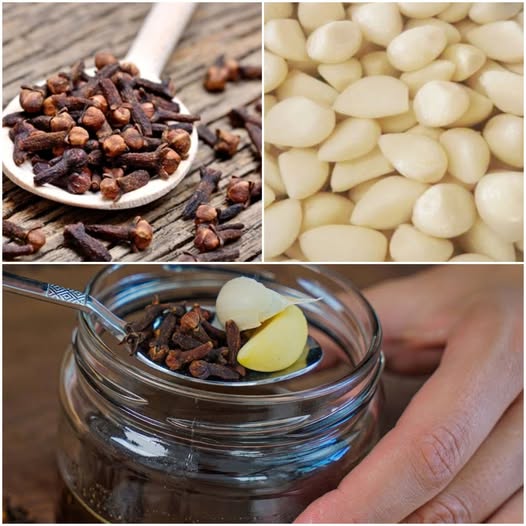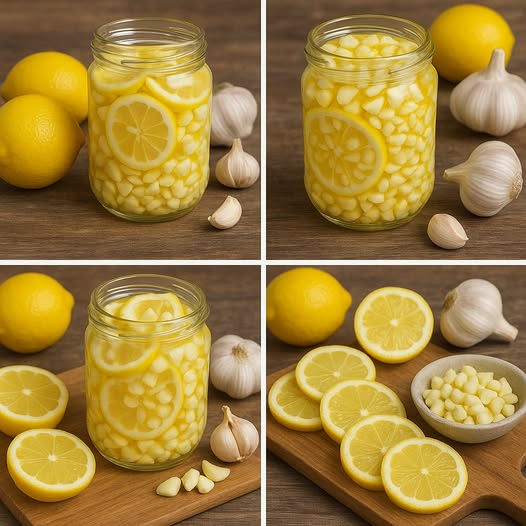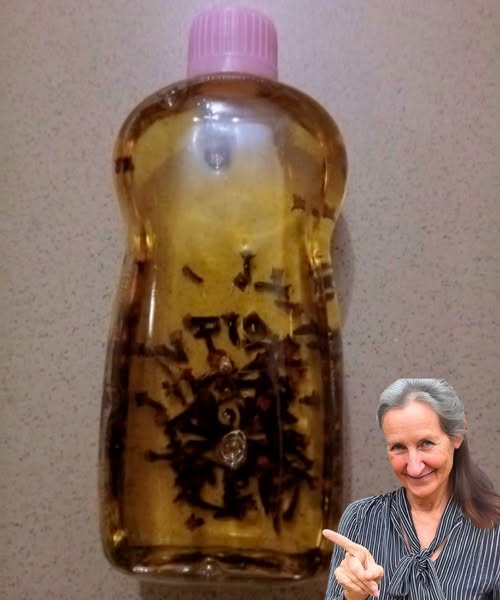Introduction: Say Goodbye to Stubborn Nail Fungus Naturally

Are you tired of hiding your feet or hands because of ugly, embarrassing nail fungus? You’re not alone. Over 10% of the world’s population suffers from onychomycosis (nail fungus), with rates increasing dramatically with age. It’s a stubborn, unsightly, and sometimes painful problem that’s notoriously hard to treat.
But what if I told you there’s a natural, affordable, and surprisingly effective solution sitting in your pantry?
Yes—baking soda.
This humble kitchen staple has been hailed as a secret antifungal powerhouse, offering hope for those who want to avoid harsh pharmaceuticals or expensive treatments. In this comprehensive guide, you’ll discover exactly why baking soda works, how to use it effectively, and essential tips for getting lasting results.
Let’s dive in.
🚀 Why Choose a Natural Remedy Like Baking Soda?
Consumers are increasingly wary of prescription antifungals, which can cause side effects like liver damage, skin rashes, and drug interactions. According to a 2023 survey by the National Center for Complementary and Integrative Health, more than 40% of Americans prefer natural or home remedies for minor ailments.
Baking soda (sodium bicarbonate) stands out for three key reasons:
✅ It’s safe (generally non-toxic when used properly)
✅ It’s affordable (pennies per use)
✅ It’s versatile (multiple antifungal, deodorizing, and soothing uses)
🌟 7 Powerful Reasons Baking Soda Is Your Secret Weapon Against Nail Fungus
1️⃣ Proven Antifungal Properties
Baking soda alters the pH environment around your nails. Fungi thrive in slightly acidic environments (pH 4–6), but baking soda is alkaline (pH ~9).
Result? It inhibits fungal growth by making your nails an unfriendly place for fungus.
✅ Key Fact: A 2014 study published in Mycopathologia found that sodium bicarbonate inhibited growth of several fungal strains, including common dermatophytes.
2️⃣ Helps Neutralize Odor
Nail fungus often comes with unpleasant smells. Baking soda is a natural deodorizer that neutralizes these odors instantly.
Emotional Appeal: No more embarrassment when taking off your shoes at the doctor’s office or a friend’s home.
3️⃣ Affordable and Accessible
Forget $200 prescriptions or $50 antifungal creams. Baking soda costs less than $1 per box and is available everywhere.
✅ Urgency Tip: Why wait for a doctor’s appointment when you can start treating today?
4️⃣ Easy to Use
Baking soda can be used in foot soaks, pastes, powders, or even combined with other natural antifungals like vinegar or tea tree oil.
Promise: You’ll learn these methods below, step by step.
5️⃣ Reduces Moisture
Fungus loves warm, damp environments. Baking soda is naturally drying. When used as a powder in shoes or socks, it absorbs moisture and stops fungal growth in its tracks.
6️⃣ Minimizes Skin Irritation
Compared to some over-the-counter antifungal creams with harsh chemicals, baking soda is gentler. While you should test for skin sensitivity, it rarely causes irritation.
7️⃣ Supports Overall Nail Health
Regular baking soda soaks or pastes can help exfoliate dead skin, soften the nail area, and improve appearance over time.
💡 How to Use Baking Soda for Nail Fungus: 4 Proven Methods
Let’s get actionable. Here are 4 step-by-step, effective ways to harness baking soda’s antifungal power.
Method 1: The Classic Baking Soda Soak
Best for: Mild to moderate nail fungus, prevention, general foot care.
✅ Ingredients:
- 4–5 tablespoons baking soda
- Warm water
- Basin or foot spa
✅ Steps:
- Fill a basin with enough warm water to cover your feet or hands.
- Add baking soda and stir to dissolve completely.
- Soak for 15–20 minutes.
- Pat dry thoroughly, especially between toes or fingers.
✅ Frequency: Daily for at least 2–4 weeks.
Method 2: Baking Soda Paste
Best for: Targeted treatment of infected nails.
✅ Ingredients:
- 2–3 tablespoons baking soda
- Small amount of water
✅ Steps:
- Mix to create a thick paste.
- Apply directly to the affected nail and surrounding skin.
- Leave on for 10–15 minutes.
- Rinse with warm water and dry completely.
✅ Frequency: Once or twice daily.
Method 3: Baking Soda + Vinegar Soak
Best for: Enhanced antifungal power through dual-action pH manipulation.
✅ Why It Works: Vinegar (acidic) temporarily disrupts fungal membranes. Baking soda (alkaline) follows to inhibit regrowth.
✅ Ingredients:
- 1 cup apple cider vinegar or white vinegar
- 3 tablespoons baking soda
- Warm water
✅ Steps:
- Soak in vinegar + water solution for 10–15 minutes.
- Pat dry thoroughly.
- Immediately soak in baking soda + water for 10–15 minutes.
- Pat dry again.
✅ Frequency: Daily.
Method 4: Baking Soda Shoe Powder
Best for: Preventing reinfection.
✅ Why It Matters: Fungal spores hide in shoes, causing repeated infections.
✅ Ingredients:
- 2 tablespoons baking soda
- 5–10 drops tea tree oil (optional for extra antifungal power)
✅ Steps:
- Mix baking soda and oil.
- Sprinkle inside shoes.
- Let sit overnight.
- Shake out excess in the morning.
✅ Frequency: Twice weekly.
📈 Frequently Asked Questions About Baking Soda for Nail Fungus
❓ Is Baking Soda Really Effective for Nail Fungus?
✅ Baking soda has documented fungistatic (growth-inhibiting) effects. It’s not always a complete cure alone for severe infections but is excellent for mild-to-moderate cases, prevention, and as part of a multimodal approach.
❓ How Long Does It Take to See Results?
Typically 2–4 weeks for mild cases. Severe infections may take months and often require combined strategies or professional care.
❓ Is It Safe to Use Every Day?
Yes—for most people. It’s generally non-toxic and non-irritating. Always do a patch test if you have sensitive skin.
❓ Can Baking Soda Replace Prescription Treatments?
Not always. For severe or persistent infections, consult a healthcare provider. Baking soda is best as:
✅ A preventative measure
✅ A first-line home remedy
✅ Part of a holistic plan (hygiene, shoe care, diet)
❓ Does Baking Soda Kill Fungus or Just Stop Growth?
Mainly it inhibits growth by raising pH. It’s fungistatic more than fungicidal. But stopping growth is often enough for your body’s immune system to clear mild infections.
🧭 Essential Strategies to Maximize Success
✔️ Be Consistent: Daily treatment is crucial. Skipping days gives fungus a chance to regrow.
✔️ Keep Feet Dry: Change socks twice daily, dry feet thoroughly.
✔️ Disinfect Shoes: Use baking soda powder and let them air dry.
✔️ Trim Nails Carefully: Keep them short and clean to reduce fungal hiding spots.
✔️ Boost Immunity: A healthy diet, sleep, and hygiene support your body’s natural defenses.
📊 Relevant Statistics to Know
- Estimated prevalence: 10–14% globally
- Older adults: Up to 50% over age 70
- Recurrence rate: Over 20–25% without preventive care
- Market for antifungal treatments: Valued over $13 billion globally (2023)
What does this tell us? Fungal infections are widespread, stubborn, and costly—so natural, low-cost solutions like baking soda are incredibly appealing.
🔥 Bonus Tip: Combine Baking Soda with Tea Tree Oil
Tea tree oil is a clinically supported antifungal. Adding a few drops to your paste or soak can enhance effectiveness.
✅ Why It Works: Tea tree oil contains terpinen-4-ol, which disrupts fungal membranes.
⚡ Urgent Call to Action: Start Today
Don’t let nail fungus get worse. The earlier you act, the easier it is to eliminate.
✅ Check your pantry.
✅ Choose your method.
✅ Commit to daily treatment.
Your healthier, cleaner, more confident nails await.
✅ Conclusion: Baking Soda—A Smart, Natural Solution for Nail Fungus
Nail fungus can be frustrating, persistent, and even embarrassing. But you don’t have to settle for expensive treatments or harsh chemicals.
Baking soda offers a safe, affordable, and scientifically backed natural remedy. By altering pH, absorbing moisture, and preventing fungal growth, it can help you reclaim healthy, beautiful nails.
✔️ 7 powerful reasons to try it
✔️ 4 easy methods to use it
✔️ Actionable strategies to ensure success
Remember, consistency is key. With daily care and smart hygiene, you can finally beat nail fungus naturally—and keep it away for good.
👉 Take the first step today. Your nails will thank you.


